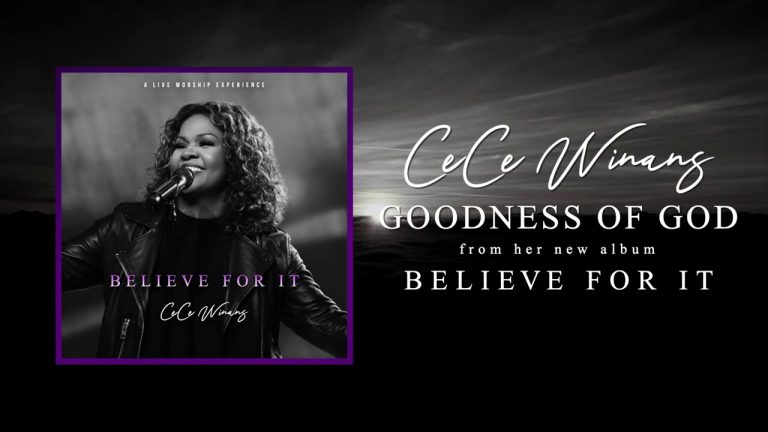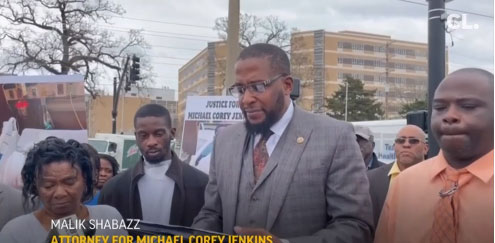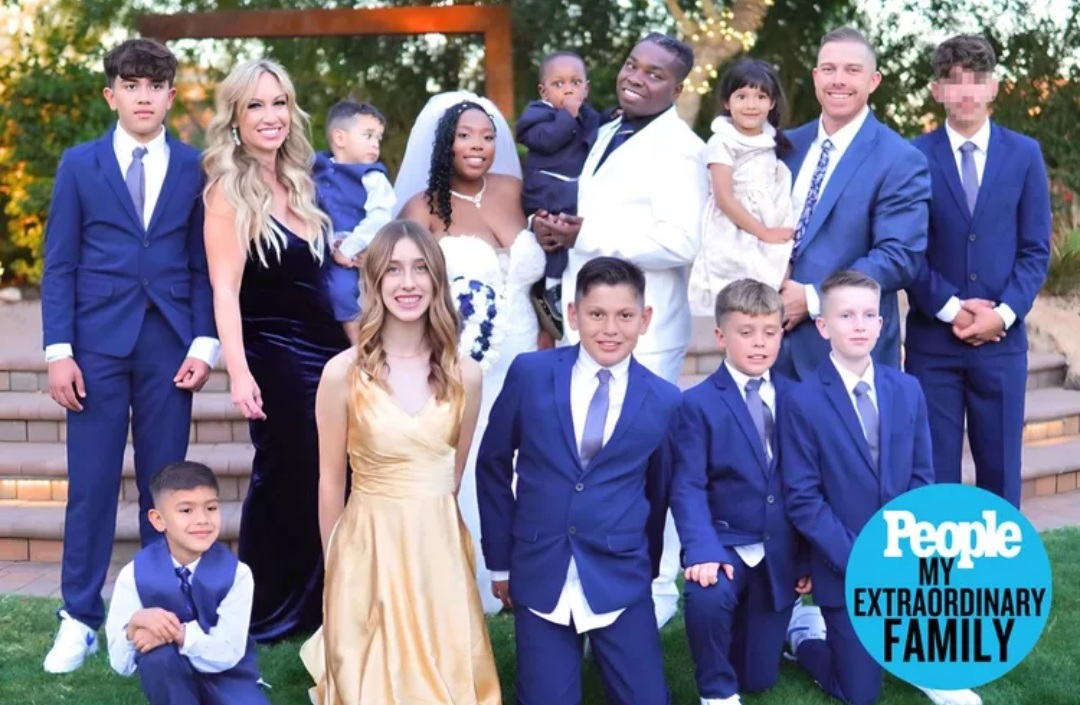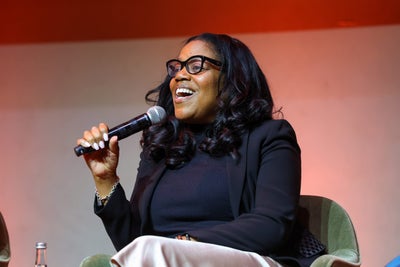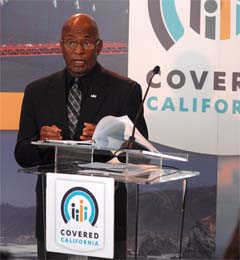
In the six months following the end of the first Affordable Care Act enrollment period, officials with the Covered California insurance exchange analyzed data to revise strategies aimed at removing more Californians from the ranks of the uninsured. The result of the analysis is Covered California’s 2015 Community Outreach Campaign, a multi-pronged effort that will employ more than 200 community-based organizations, or Navigators, to work within their constituencies to provide personalized enrollment assistance.
Many of the Navigator groups represent African-Americans, Asians and Latinos, groups Covered California is hoping to enroll in greater numbers beginning in mid-November. The community outreach effort that includes $14.6 million in Navigator grants is being launched in conjunction with a $46 million advertising campaign that is heavily focused on minorities.
The combination of targeted advertising through minority media outlets and community partnerships is key to increased participation according to Covered California Executive Director Peter Lee.
“We are getting ready to roll out the implementation of the Affordable Care Act, building on the experience of last year’s first open enrollment to seek to get every Californian covered,” Lee said. “To do this we want to build on the partnerships we developed a year ago that made California the leader in the nation in expanding coverage of the Affordable Care Act.
“During the first open enrollment period, more than three million Californians got coverage either through Covered California or were newly covered through Medi-Cal. In California we’ve reduced the rate of uninsured from 22-percent to 11-percent. That’s good news but it’s not enough,” Lee said. “We want to keep working together in every community in the state until every Californian gets insurance and keeps it. We are optimistic we will be well on that path during the second round of open enrollment.”
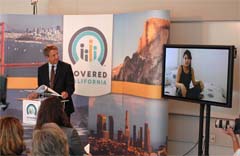 Lee’s optimism isn’t shared by everyone. Critics of the initial six-month open enrollment effort claim Covered California did not do enough to target minorities, African-Americans in particular.
Lee’s optimism isn’t shared by everyone. Critics of the initial six-month open enrollment effort claim Covered California did not do enough to target minorities, African-Americans in particular. Forty-five-percent of the new advertising budget will be spent targeting Latinos, who represent 40-percent of California’s population, but were underrepresented among new health insurance enrollees.
A nine-percent advertising allocation has been set aside for African-Americans, who comprise six-percent of the state’s population, but were similarly underrepresented among enrollees.
From October 2013 through March 2014, 1.4 million Californians signed up for coverage. With nearly 31,000 signing up, African-Americans represented only 2.2-percent of new enrollees.
“We’re looking at other data to see where we did a great job or not so great of a job,” Lee said. “Within Covered California about five-percent of subsidy-eligible people are African-American. About four-percent of our enrollment was African-American. But we still want to lean in and double down. If you look at the Navigator grants we specifically looked out and said who can we add who is anchored in the African-American community that can show they know that community and can reach out effectively and bolster education and enrollment efforts?”
Dr. Brownell Payne, whose Los Angeles-based Crenshaw Health Partners organization received $300,000 in Navigator funding, says the raw enrollment numbers may not give an accurate picture of African-American participation because they don’t factor in enrollment in Medi-Cal, California’s low-income health coverage assistance program.
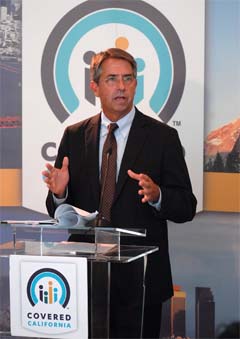 “When we talk about enrollment among African-Americans, we’re not just talking about Covered California, we’re talking about Medi-Cal,” Payne said. “Where we operate a significant portion of our community has Medi-Cal. So while the Covered California numbers may have been lower, the Medi-Cal numbers have been huge. With every insurance enrollment we make in the African-American community we will enroll two to three people in Medi-Cal because a lot of people didn’t know that they were eligible.”
“When we talk about enrollment among African-Americans, we’re not just talking about Covered California, we’re talking about Medi-Cal,” Payne said. “Where we operate a significant portion of our community has Medi-Cal. So while the Covered California numbers may have been lower, the Medi-Cal numbers have been huge. With every insurance enrollment we make in the African-American community we will enroll two to three people in Medi-Cal because a lot of people didn’t know that they were eligible.”“We invested heavily in reaching the African-American community and the data we have shows that we did a pretty good job,” Lee said. “Among the previously uninsured, whether they get it through Covered California or Medi-Cal or through a job, about 61-percent of the previously uninsured got insurance, whether you’re African-American, Latino, Asian or White.”
The new marketing campaign that includes television, online, radio and print advertising is specifically designed to attract more minority participation by increasing awareness.
One challenge for Covered California and its partner organizations is how to convince African-Americans to sign up for coverage despite reportedly high-levels of awareness about the Affordable Care Act and the Covered California insurance exchange.
Results from a University of Chicago tracking survey show that in May and June 2013, prior to the first enrollment period, awareness of the Covered California insurance exchange among African-Americans was less than 10-percent. By February 2014, the enrollment mid-point, African-American awareness had risen above 80-percent due to advertising and marketing efforts. The survey also reported more than 50-percent of African-Americans had medium to high levels of exposure to the advertising campaign.
Based on the results, Covered California concluded, on average, 40-percent of consumers with high levels of exposure enrolled in a health insurance plan.
Yet, despite higher than average levels of exposure and awareness, African-Americans represented only 2.2-percent of the 1.4 million Californians signing up for coverage during the initial six-month enrollment period.
Payne says misinformation is another factor that may be preventing African-Americans from signing up in greater numbers.
“There are a lot of barriers in the African-American community, and unfortunately part of those barriers are old myths,” Payne said. “We had a lot of Brothers and Sisters come up and say, ‘We’re not going to enroll in Obamacare because they put a chip in your wrist and they can track you for the rest of your life.'”
Conspiracy theories aside, Payne and other Navigator organizations will have to deal with more practical issues like communicating the merits of insurance to people who have never participated in the health care system or whose first insurance policy began last year.
“Part of our purpose in running the ads is to remind people who are not used to having insurance not to cancel because they didn’t use it because insurance is there in case really bad stuff happens, as well as for preventive care,” Lee said.
“We also have a lot of people who have been used to relying on the county. So they say, ‘Why should I enroll? I might get a $95 penalty, but i’ll just go to the county,” Payne said. “But what they don’t understand is that penalty will increase every year. And the worst possible penalty of not having coverage is if you get in an accident and you don’t have coverage.”
When the new enrollment period begins November 15, organizers will have only three months to sign-up new enrollees and convince those currently covered to renew or make changes to their existing plans.
Both Payne and Lee are optimistic about enrollment prospects and point to the strategy of relying on grassroots partnerships as a primary component.
“In the African-American community they trust us and we’re in the community moving things forward,” Payne said. “Now it is a matter of them gaining trust in the system. A big part of gaining that trust is in-person enrollment. In our center they can sit down and talk to us and gain the trust.
“We’ve taken care of the low-hanging fruit,” Payne said. “ but there are huge numbers in the African-American community who qualify for subsidized enrollment, so we expect the enrollment numbers to be much higher than they were before.”
